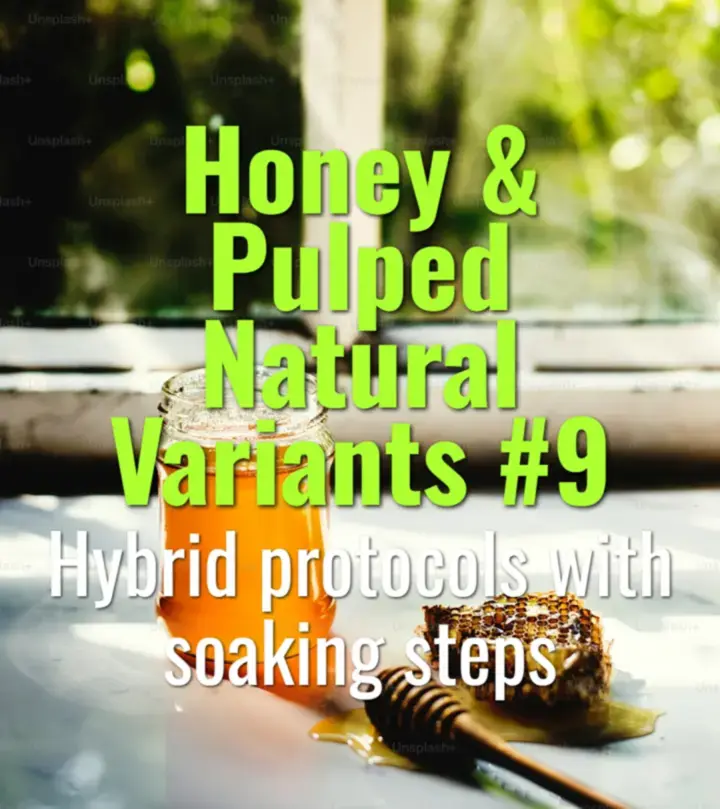
Hybrid protocols with soaking steps
This topic explains hybrid honey processing protocols that incorporate soaking steps, how they blend aspects of washed and honey methods, and their impacts on flavor, cleanliness, and market differentiation.

This topic explains hybrid honey processing protocols that incorporate soaking steps, how they blend aspects of washed and honey methods, and their impacts on flavor, cleanliness, and market differentiation.
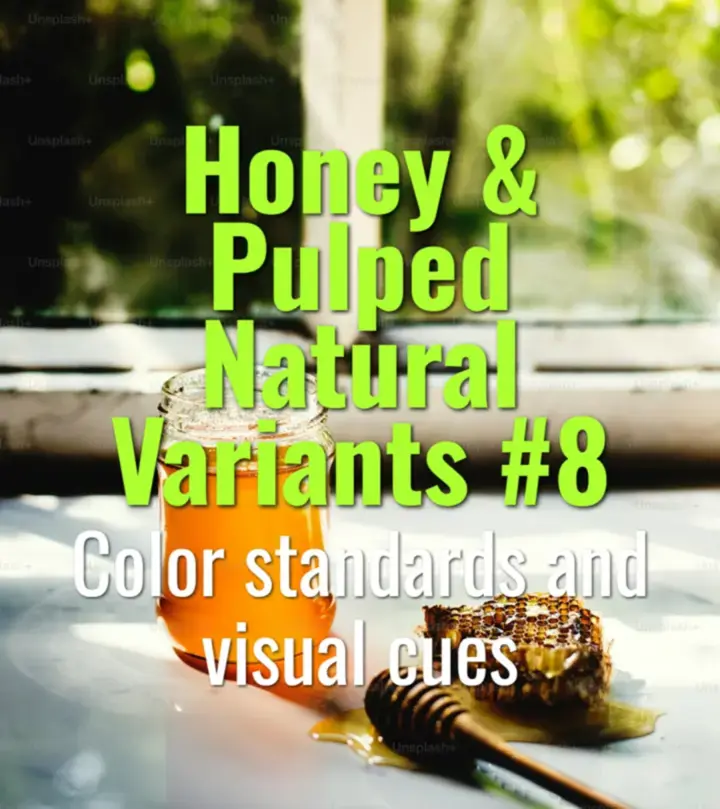
This topic explains how color standards and visual cues are used to identify honey process types (white, yellow, red, black), how they develop during drying, and why they matter for consistency and quality assurance.
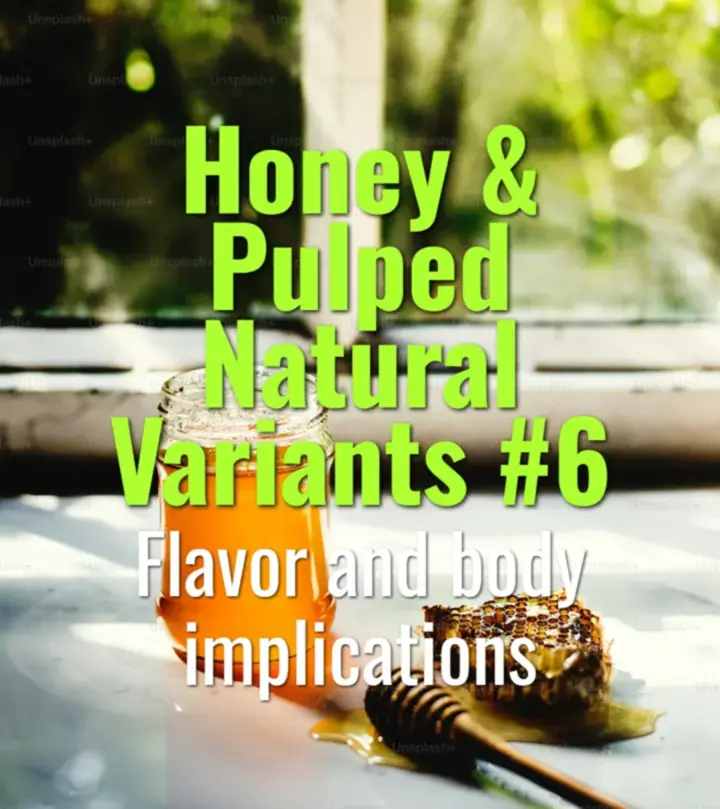
This topic explains how different honey and pulped natural processes influence the flavor and body of coffee, highlighting the spectrum from clean and bright to sweet and syrupy.
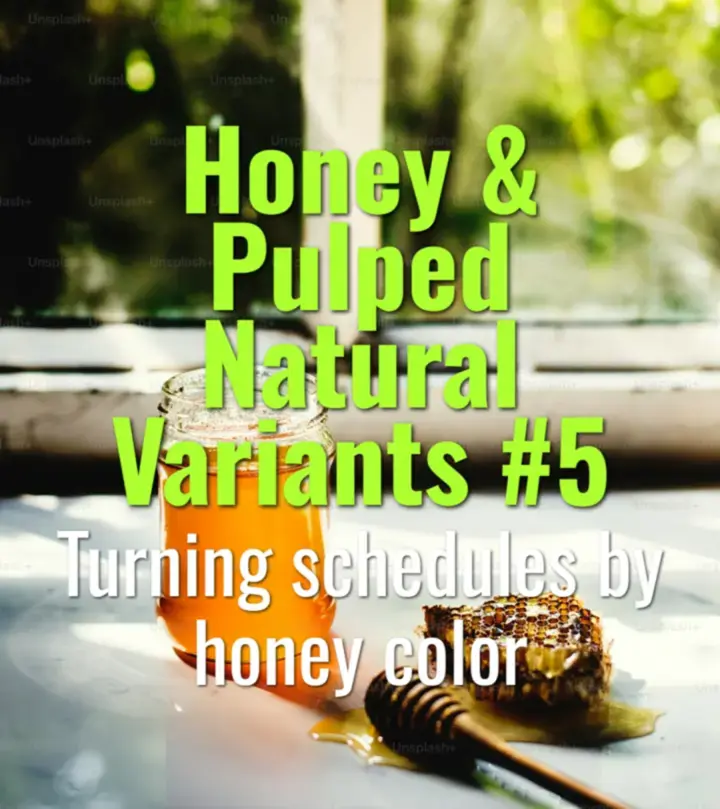
This topic explains how turning schedules vary by honey process color (white, yellow, red, black), why frequent turning is critical, and how it impacts drying speed, risk, and flavor development.
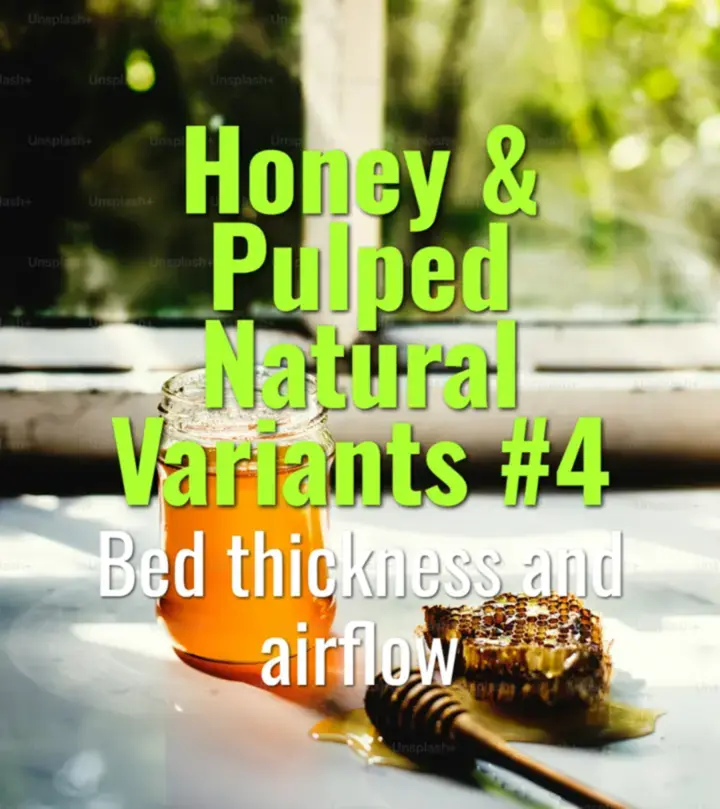
This topic explains how bed thickness and airflow are managed in honey and pulped natural coffee processing, why they matter for uniform drying, and their impact on flavor and defect prevention.
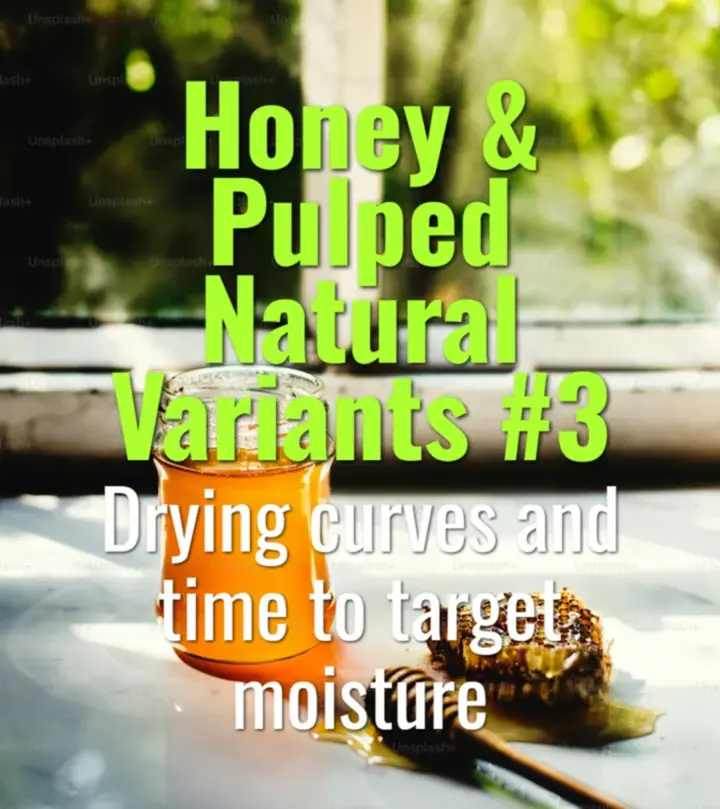
This topic explains drying curves in honey and pulped natural processes, how time to reach target moisture is managed, and why controlled drying is essential for flavor and stability.